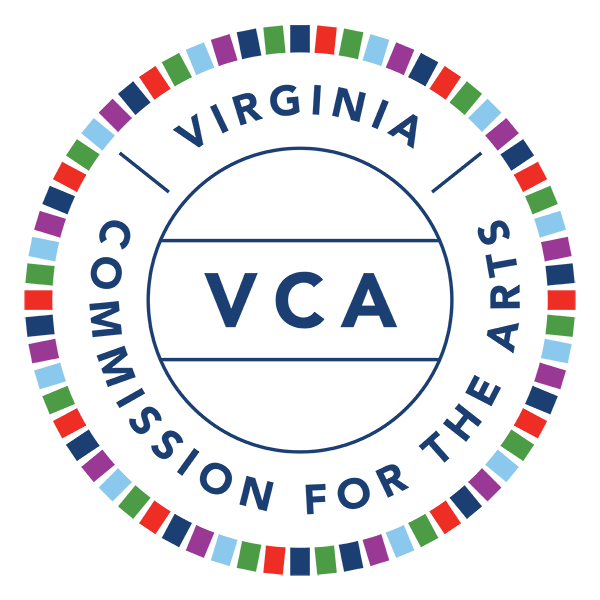Educational Background/Training
- BFA in Dance, Belhaven University
- MFA in Performance and Choreography, Arizona State University
- PhD in Dance Studies, Texas Woman’s University
About the Artist/Ensemble
Emily Wright is a dancer, movement educator, and author with a passion for the transformative power of dance. An experience teacher of dance for all ages and a scholar with numerous publications, Emily is available for workshops, master classes, lectures, writing, commissions, and consultation.
Emily began her training at Dancers’ Studio in Knoxville, Tennessee, in German expressionist and Graham-based modern techniques under the direction of Irena Linn. She received her BFA in Dance from Belhaven University (2002), an MFA in Performance and Choreography from Arizona State University (2007), and a PhD in Dance Studies from Texas Woman’s University (2016).
Emily’s teaching specializations include modern dance technique, contact improvisation, intergenerational community dance, experiential anatomy, dance history, and embodied writing. As a socially-engaged artist, a key part of Emily’s work is developing collaborative environments in which all voices, bodies, and experiences are valued and seen. She has developed interdisciplinary courses for arts-based community engagements, planned state-wide conferences that bring together multiple community partners in the arts, and created choreography that partners pre-professional dancers with community members ages 5-65.
Educational Program Description
Workshops and residencies are tailored to the needs of the participants.
Sample Residency: Dancing Maps. In this residency, participants develop eco-somatic empathy – an embodied awareness of their connection to and interdependence with their environment – through a movement-based exploration of the ecological and geographical features of their bioregion. On the first day, participants learn how to orient to their environment through their senses while gathering information about the world around them through the assembly of words, images, sights, sounds, scents, and tactile feedback. On days two and three, participants learn how to construct movement scores that enable them to develop an individual movement vocabulary that reflects their perception of their bioregion. On days four and five, participants learn how to refine their individual vocabularies and develop group movement scores that reflect the collaborative creativity of the group.
Audiences
- All Ages

